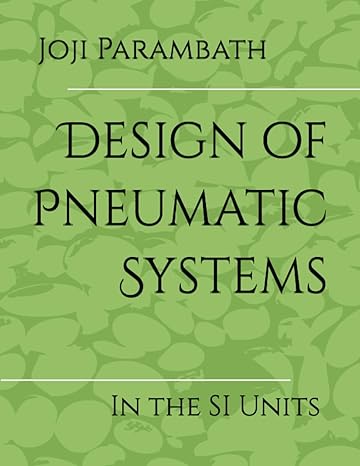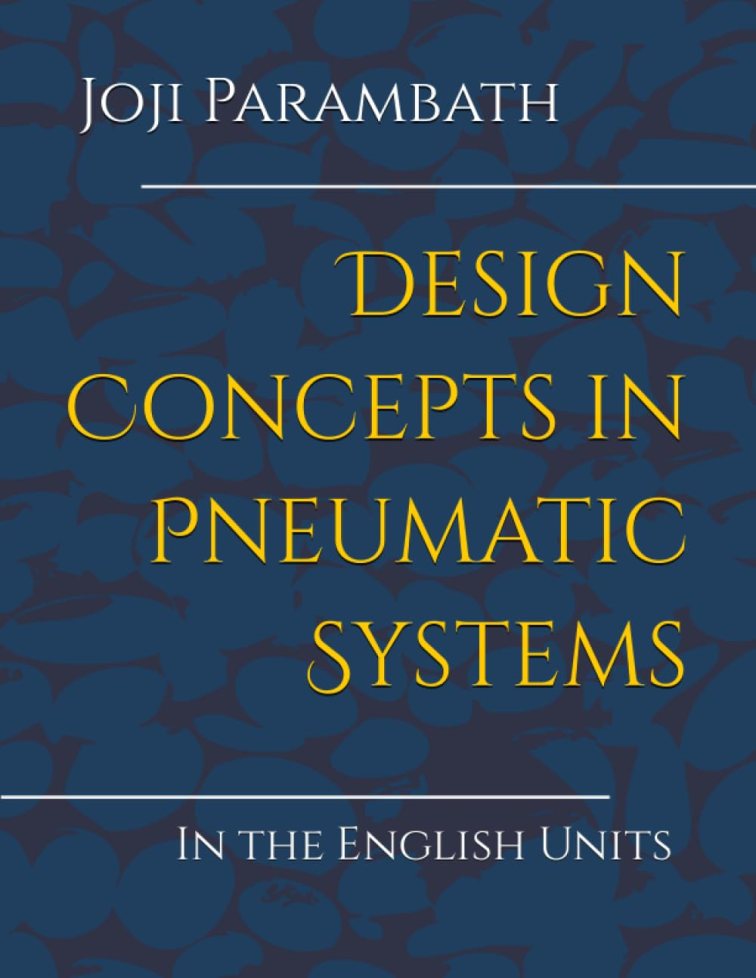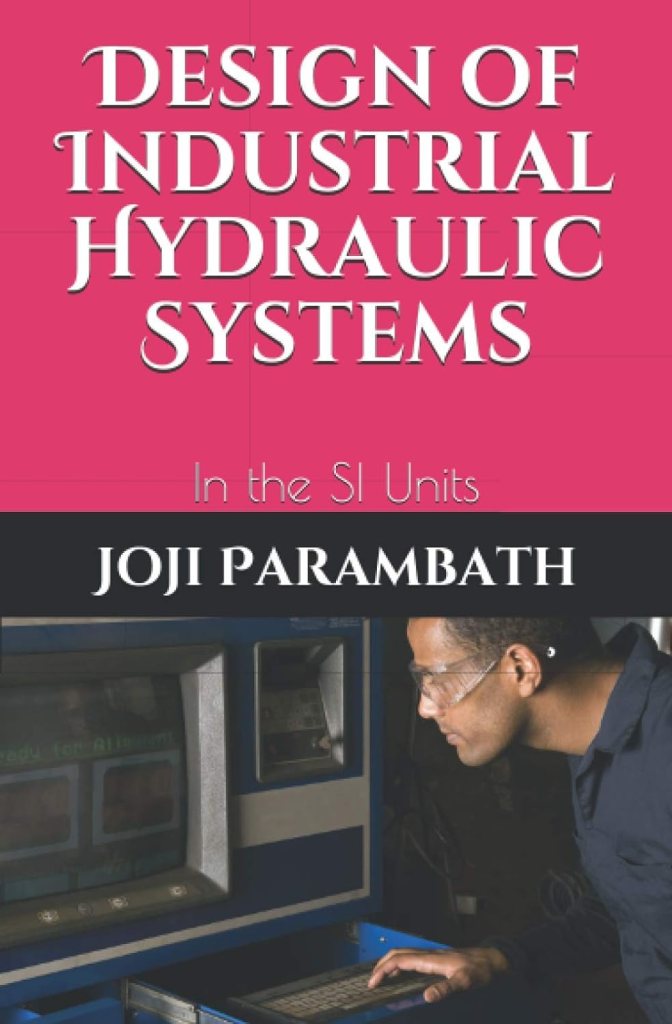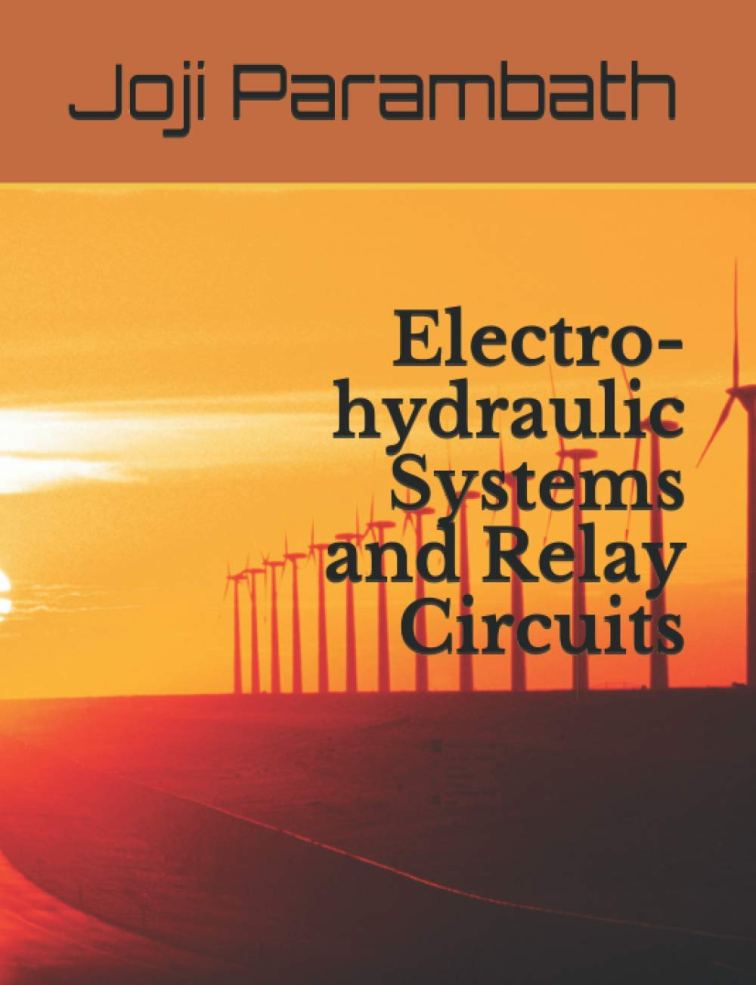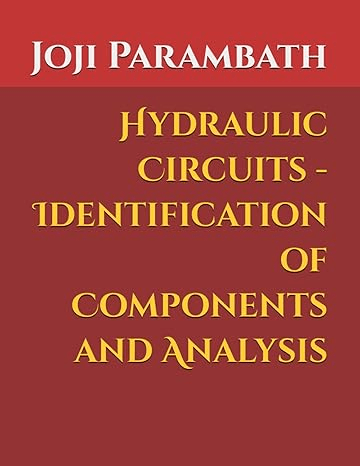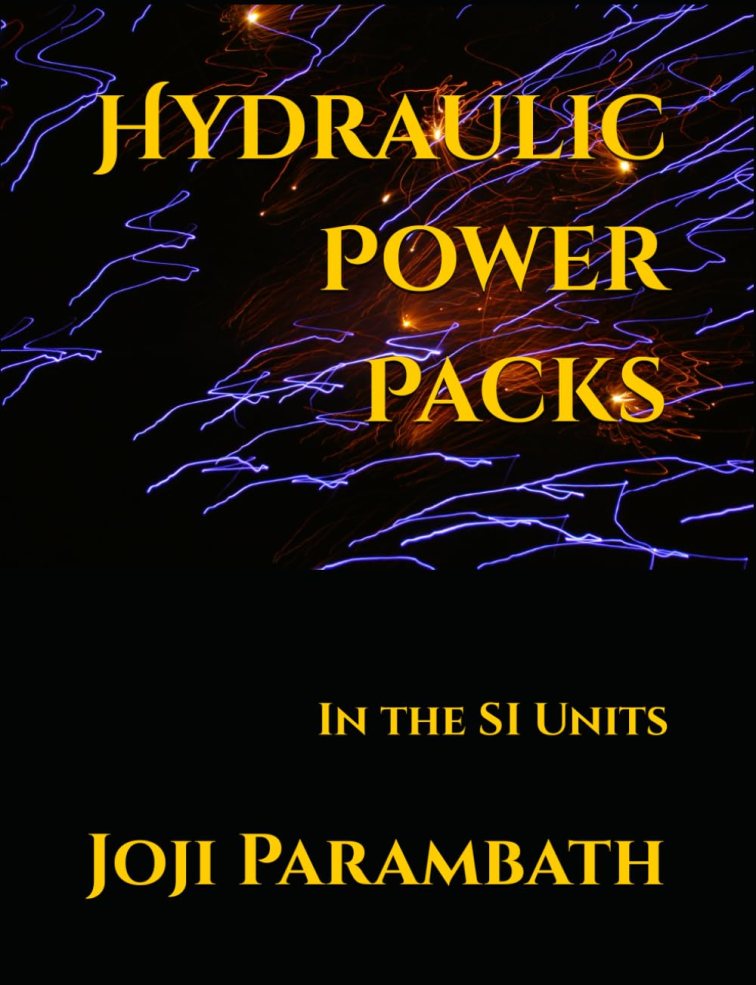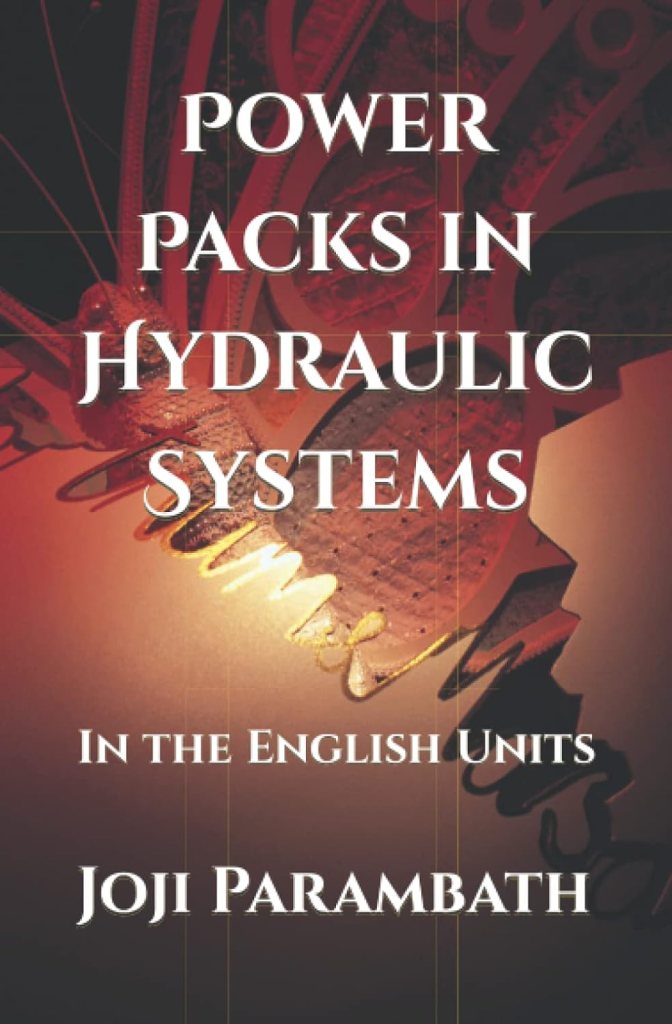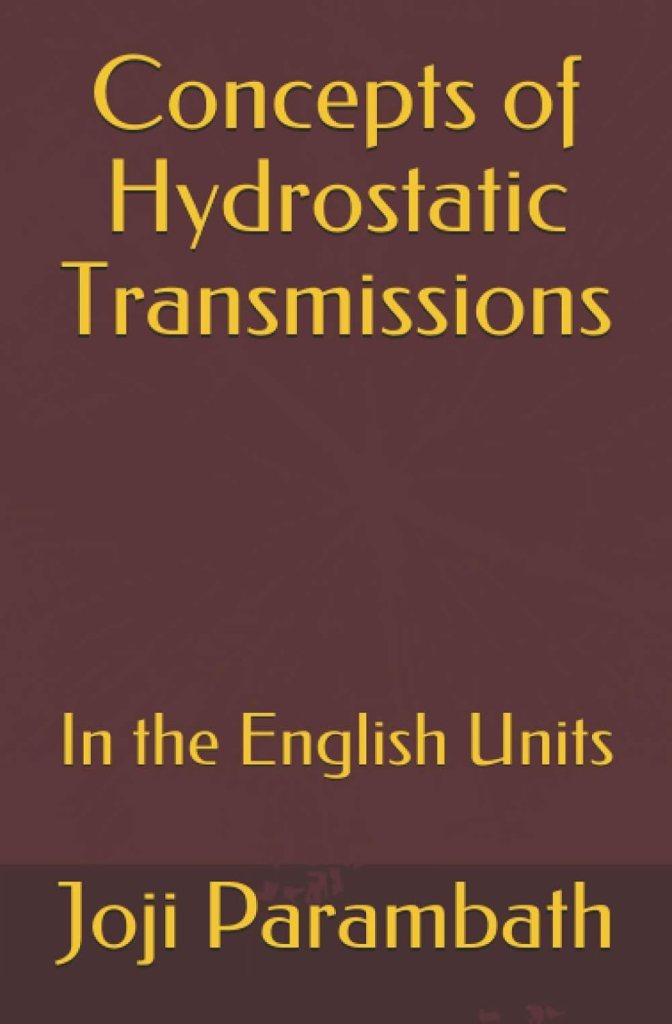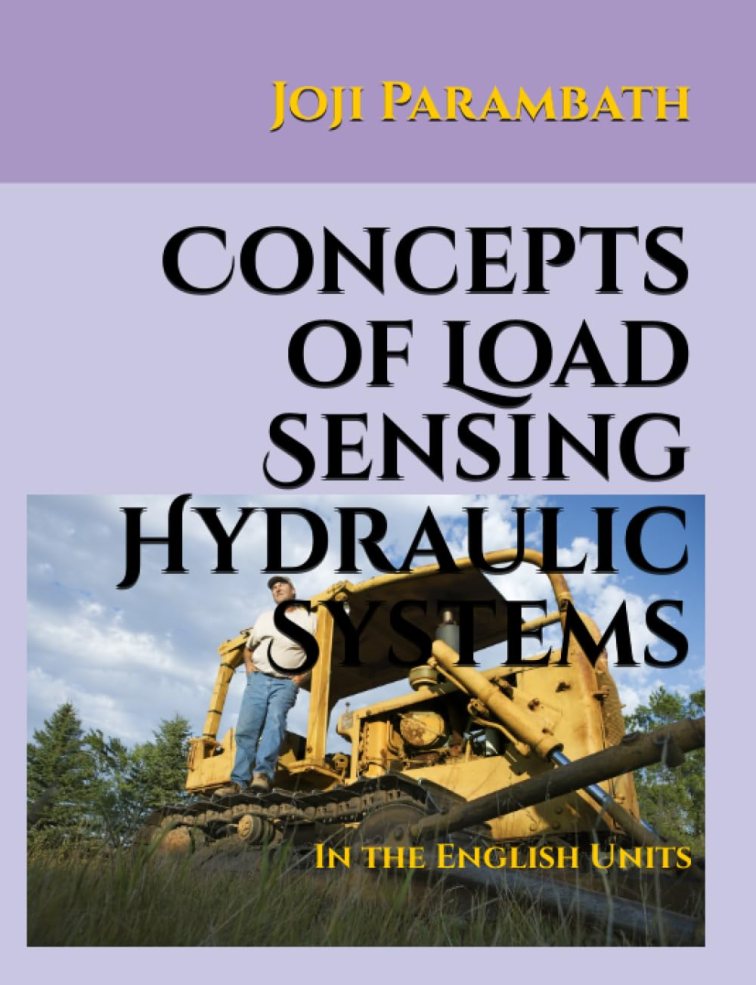Fluid Power Educational Series Books by Joji Parambath
Joji Parambath
Author / Resource Person
(Hydraulic & Pneumatic training)
Amazon Author Page URL: https://www.amazon.com/author/joji

A complete range of 38 pneumatic and hydraulic books authored by Joji Parambath is available in paperback, hardcover, and Kindle eBook formats at the following Amazon marketplaces:
Amazon.com, Amazon.co.uk, Amazon.ca, Amazon.de, Amazon.au, Amazon.fr, Amazon.es, Amazon.it, Amazon.jp, Amazon.in
Refresh your knowledge! | Unlock your potential!!
Fluid power technology is expanding and as fascinating as ever. Fluid power systems provide the muscle power to run the machines with the smoothest control possibilities. Many professionals design, construct, and maintain pneumatic and hydraulic systems on a daily basis. Several budding engineers are introduced to the technology of fluid power from time to time. Therefore, the spread of technical information on fluid power is essential for catering to the needs of information seekers in the field through pneumatic and hydraulic books.
These pneumatics and hydraulics books are designed to help readers easily understand the concepts and circuits of industrial pneumatic and hydraulic systems. Some pneumatics and hydraulic books present advanced topics and design methods. Use these books for your hydraulic and pneumatic training.
Working professionals and budding engineers! Presenting highly structured paperbacks, hardcovers, and Kindle eBooks by Joji Parambath to describe the technology of pneumatics & hydraulics!!
Pneumatic Books
Pneumatic Systems and Circuits – Basic Level (In the SI Units)
Industrial Pneumatics – Basic Level (In the English Units)
Pneumatic Systems and Circuits – Advanced Level
Electro-pneumatics and Automation
Design of Pneumatic Systems (In the SI Units)
Design Concepts in Pneumatic Systems (In the English Units)
Maintenance, Troubleshooting, and Safety in Pneumatic Systems
Compressed Air Dryers
Hydraulic Books – General, Maintenance, and Design
Industrial Hydraulics and Circuits – Basic Level (In the SI Units)
Industrial Hydraulics – Basic Level (In the English Units)
Design of Industrial Hydraulic Systems (In the SI Units)
Design Concepts in Industrial Hydraulic Systems (In the English Units)
Maintenance, Troubleshooting, and Safety in Hydraulic Systems
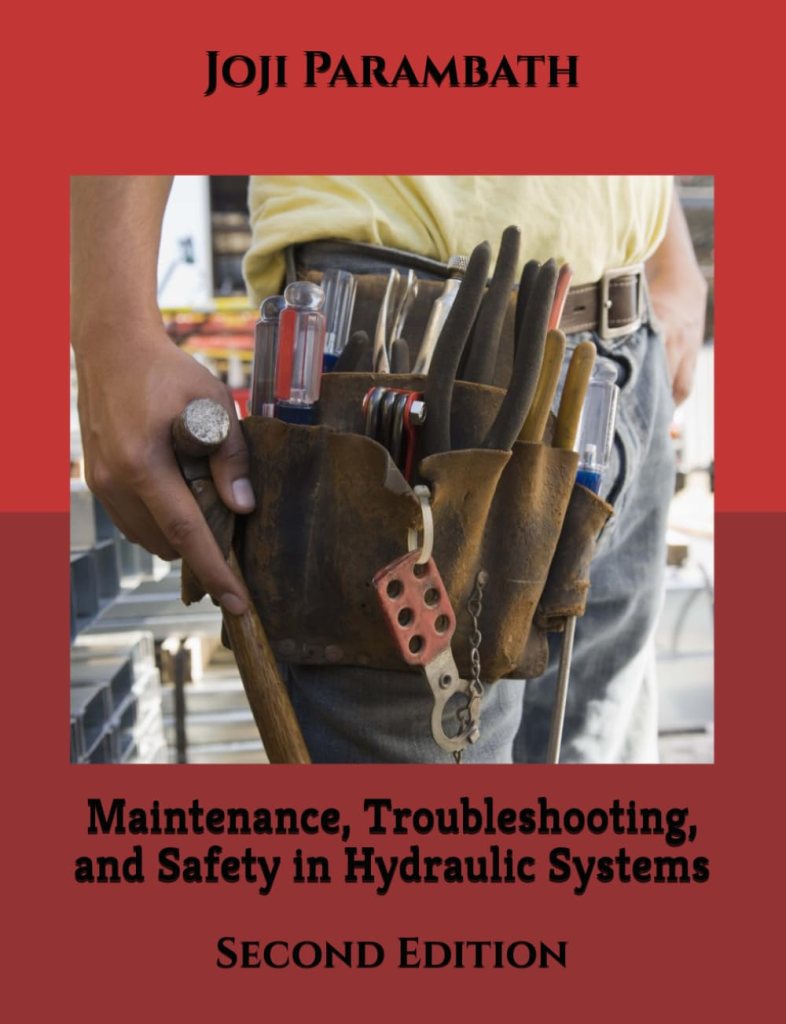
Electro-hydraulic Systems and Relay Circuits
Hydraulic Circuits – Identification of Components and Analysis
Programmable Logic Controllers and Programming Concepts
Hydraulic Component Level Books (In the SI System Units)
Hydraulic Fluids
Hydraulic Power Packs (In the SI Units)
Hydraulic Cylinders (In the SI Units)
Hydraulic Motors (In the SI Units)
Hydraulic Filters: Construction, Installation Locations, and Specifications
Hydraulic Pipes, Tubes, and Hoses (In the SI Units)
Hydraulic Accumulators and Circuits (In the SI Units)
Hydraulic Component Level Books (In the English System Units)
Power Packs in Hydraulic Systems (In the English Units)
Hydraulic Linear Actuators (In the English Units)
Hydraulic Rotary Actuators (In the English Units)
Accumulators in Hydraulic Systems (In the English Units)
Pipes, Tubes, and Hoses in Hydraulic Systems (In the English Units)
Hydraulics Advanced Level Books
Hydrostatic Transmissions (HSTs) (In the SI Units)
Concepts of Hydrostatic Transmissions (In the English Units)
Load Sensing Hydraulic Systems (In the SI Units)
Concepts of Load Sensing Systems (In the English Units)
Electro-hydraulic Proportional Valves
Electro-hydraulic Servo Valves
Cartridge Valves

Practical Books
Practical Book: Pneumatics – Basic Level
Practical Book: Electro-pneumatics – Basic Level
Practical Book: Industrial Hydraulics – Basic Level
Professional Development
Professional development is the systematic maintenance, improvement, and broadening of knowledge and skill, and the development of personal qualities necessary for executing professional and technical duties throughout a professional’s working life.
A professional must take a self-development approach that will merit fellow professionals’ respect and commit to a lifelong learning process. A fluid power professional may use these hydraulic and pneumatic books to upgrade knowledge and skills.
Reviews





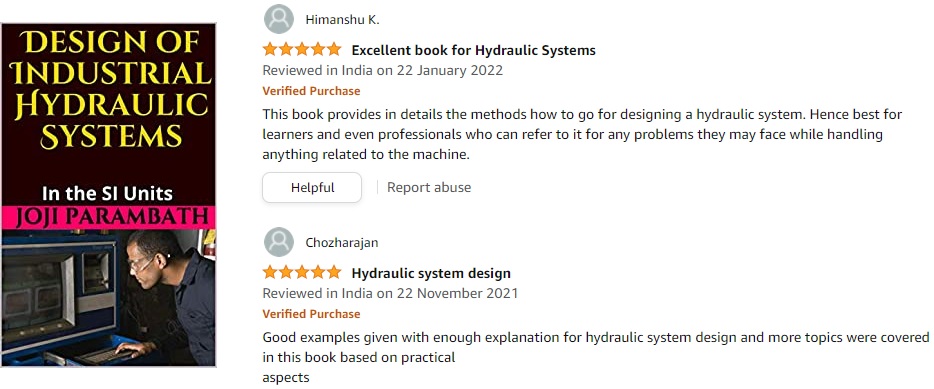
Thank you for visiting our website, and we hope that you learned something new during your visit.
Technical Tips
An air spring is a highly engineered elastomeric part with specifically designed metal end closures. It provides solutions for the vibration-oriented mounting requirements of industrial machines and the suspension requirements of commercial vehicles.
Are you seeking a top-notch course on pneumatics and hydraulics? Dive in and discover the power behind these essential technologies!

A Useful Link for Job-seekers in the Field of Hydraulics:
Worldwide Hydraulic Professionals – A common platform for hydraulic experts
To explore top hydraulic job opportunities worldwide, please visit the following website.
https://whyps.com/hydraulicjob/public/
Note: The link redirects to an external website.






